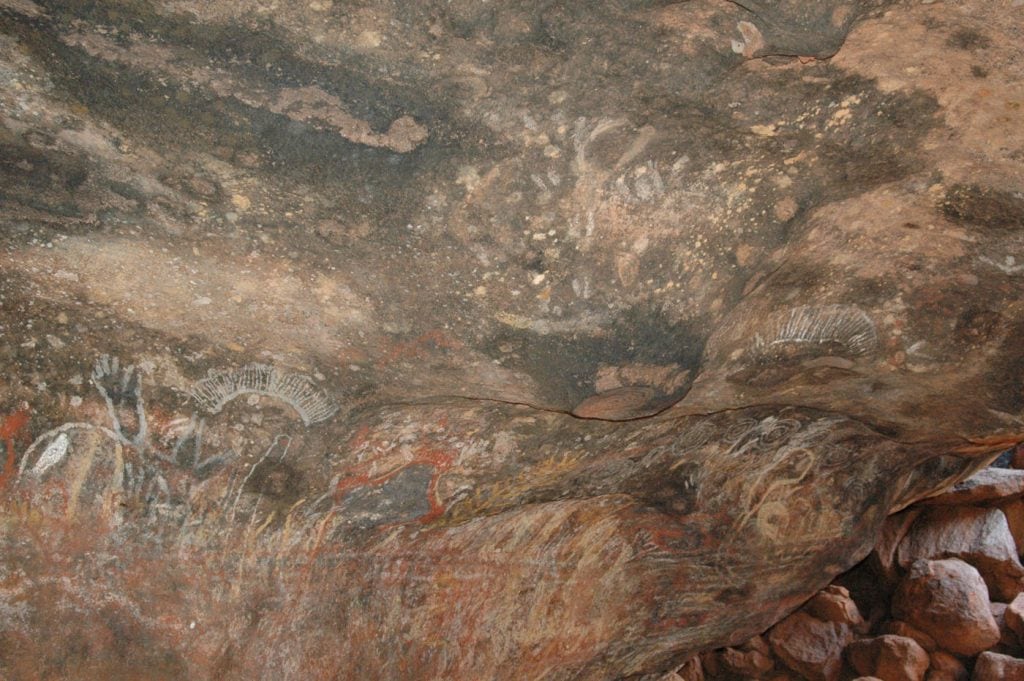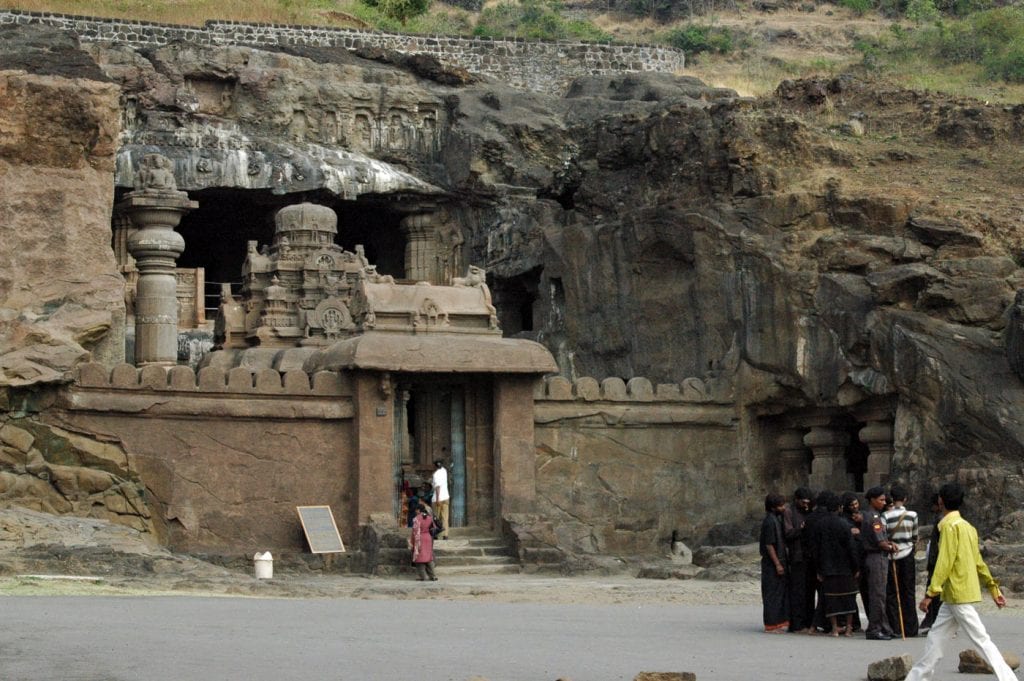The Cultural Use of Caves
Cave archeological sites are spread around the world and witness the use of such natural structures for living purposes: Choukoutien (China), Shanidar (Iraq), Klasies River (South Africa), Tabun and Skhul (Israel), Franchthi (Greece), Spirit (Thailand), Devil’s Lair (Australia), Gatecliff and Meadow- croft (United States), Coxcatlan and Guila Naquitz (Mexico), and Pikimachay and Guitarrero (Peru). However, it is interesting that most prehistoric societies at some point of their development employed caves for different purposes; indeed, places as Lascaux (France), Altamira (Spain), and Chauvet (France) were decorated with art and were used for non-living functions.
From such examples, the notion of sacred geographies emerged by considering that geographic features as caves, mountains, and water were named and recognized as playing a role in religious aspects and ceremonialism. Specifically, caves were identified with mythological events as in the case of aboriginal caves demonstrating a varied form of art and of ceremonialism.

Without doubt, caves are the places where the religious activities developed and offer a key of lecture for the rituals of the present and of the past; indeed, various researchers proposed a symbolic role as portals to communicate with deities, as pilgrimage places for ritual legitimization, and as living manifestations of spiritual power. Mesoamerican examples are the Maya ones where many human skeletal remains have been found and Chicomoztoc (Seven Caves) considered by the Aztecs as the origin of humanity. Specifically, archaeologists considered that Maya caves had the specific role of affirming the power and status of the elite because perceived as a demonstration of power from deities and for such reason they

References
Healey, P. F. (2007). The Anthropology of Mesoamerican Caves. Reviews in Anthropology, 36: 245–278
One Reply to “The Cultural Use of Caves”
Interesting